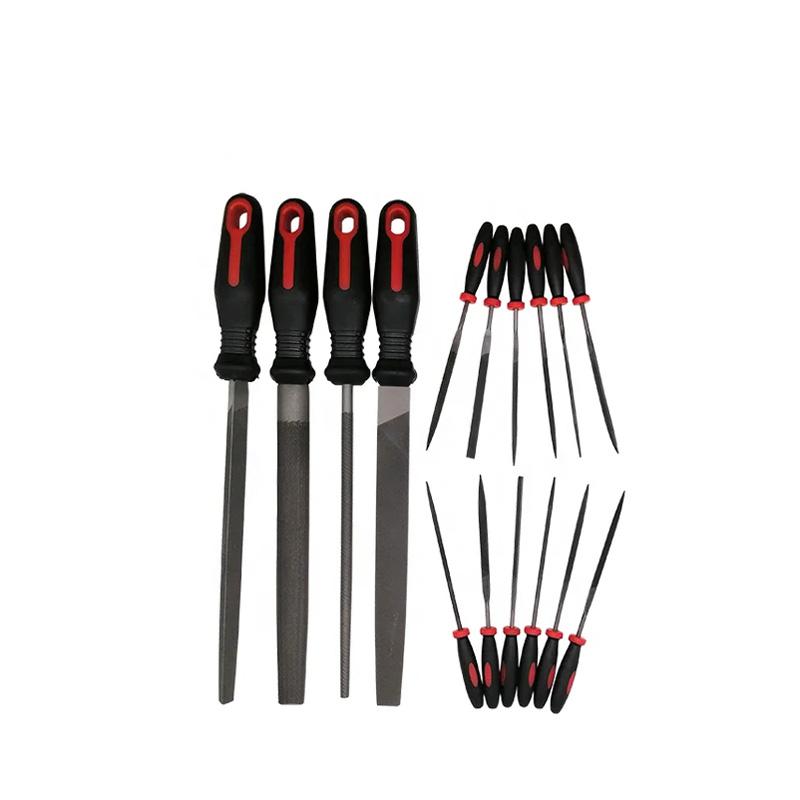Effective Weather Stripping Solutions to Silence Your Car's Noisy Environment
Understanding Car Soundproof Weather Strips Enhancing Your Driving Experience
When it comes to driving, comfort and convenience are paramount. One of the most significant sources of discomfort while on the road is noise. From the hum of the engine to the cacophony of wind and road traffic, external sounds can intrude into the vehicle, disrupting what should be a peaceful journey. Fortunately, there are effective solutions to mitigate this noise, with car soundproof weather strips being one of the most practical options available.
What Are Car Soundproof Weather Strips?
Car soundproof weather strips are specially designed seals that fit around the doors, windows, and other openings of a vehicle. Their primary function is to prevent air, water, and sound from entering the cabin. Made from materials such as rubber, silicone, or foam, these weather strips are not only durable but also effective in creating a snug seal that enhances the overall acoustics of the vehicle.
How Do They Work?
The principle behind soundproof weather strips revolves around sound insulation. When installed properly, these strips block out unwanted noise by
1. Creating a Barrier By filling gaps around doors and windows, soundproof weather strips create a barrier that minimizes sound transmission. 2. Dampening Vibrations Many high-quality weather strips contain materials that absorb vibrations. This dampening effect reduces the amount of noise that reaches the interior of the car.
3. Reducing Wind Noise While driving at higher speeds, wind resistance can create substantial noise. Weather strips help to streamline the car's aerodynamics, thereby reducing wind noise significantly.
Benefits of Using Soundproof Weather Strips
1. Enhanced Comfort A quieter cabin creates a more pleasant driving experience. Passengers can enjoy conversations, listen to music, or simply relax in peace without being disturbed by bothersome sounds.
2. Improved Sound Quality For those who appreciate high-quality audio systems, reducing external noise can enhance sound clarity and quality. Music and conversations are much clearer and more enjoyable when intrusions from the outside world are kept at bay.
3. Temperature Control Soundproof weather strips also play a role in maintaining the vehicle’s internal temperature. By sealing gaps, they help to keep the ambient temperature stable, reducing the load on HVAC systems and improving fuel efficiency.
car sound proof weather strip

5. Cost-Effective Solution Installing soundproof weather strips is generally an affordable option compared to other soundproofing methods, such as adding mass-loaded vinyl or foam sound insulation within the vehicle. This makes it an accessible solution for many car owners.
Installation Process
Installing soundproof weather strips can be a straightforward DIY task. Here’s a simplified step-by-step guide
1. Measure the Areas Ensure you have the correct measurements for the areas around the doors and windows where the strips will be applied.
2. Select the Right Material Choose weather strips that are specifically designed for soundproofing, ensuring they are the right size for your vehicle model.
3. Clean the Surface Before applying the weather strips, clean the surfaces to remove any dirt, grease, or old adhesive residue. This will help ensure a secure bond.
4. Cut and Apply Cut the strips to the appropriate length and carefully apply them to the prepared surfaces. Press firmly to ensure they adhere well.
5. Test for Gaps After installation, check for any gaps where sound could still leak in. If necessary, add additional strips to ensure a complete seal.
Conclusion
Car soundproof weather strips offer an excellent and practical solution for those seeking a quieter, more comfortable driving experience. By understanding their functionality, benefits, and installation process, car owners can make informed choices that enhance their vehicles. Ultimately, investing in soundproof weather strips not only improves acoustic comfort but also contributes to the overall quality of your journey on the road.
Share
-
Uses of Jute Bags | Sustainable Jute ProductsNewsAug.12,2025
-
Types of Square Files and Their Uses in Modern IndustriesNewsAug.12,2025
-
Slitting Machines Overview & TypesNewsAug.12,2025
-
Jute Rope: The Versatile Material for DIY & CraftingNewsAug.12,2025
-
How to Use Tofu Cat Litter for the Best ResultsNewsAug.12,2025
-
Car Door Seal Buying GuideNewsAug.12,2025







